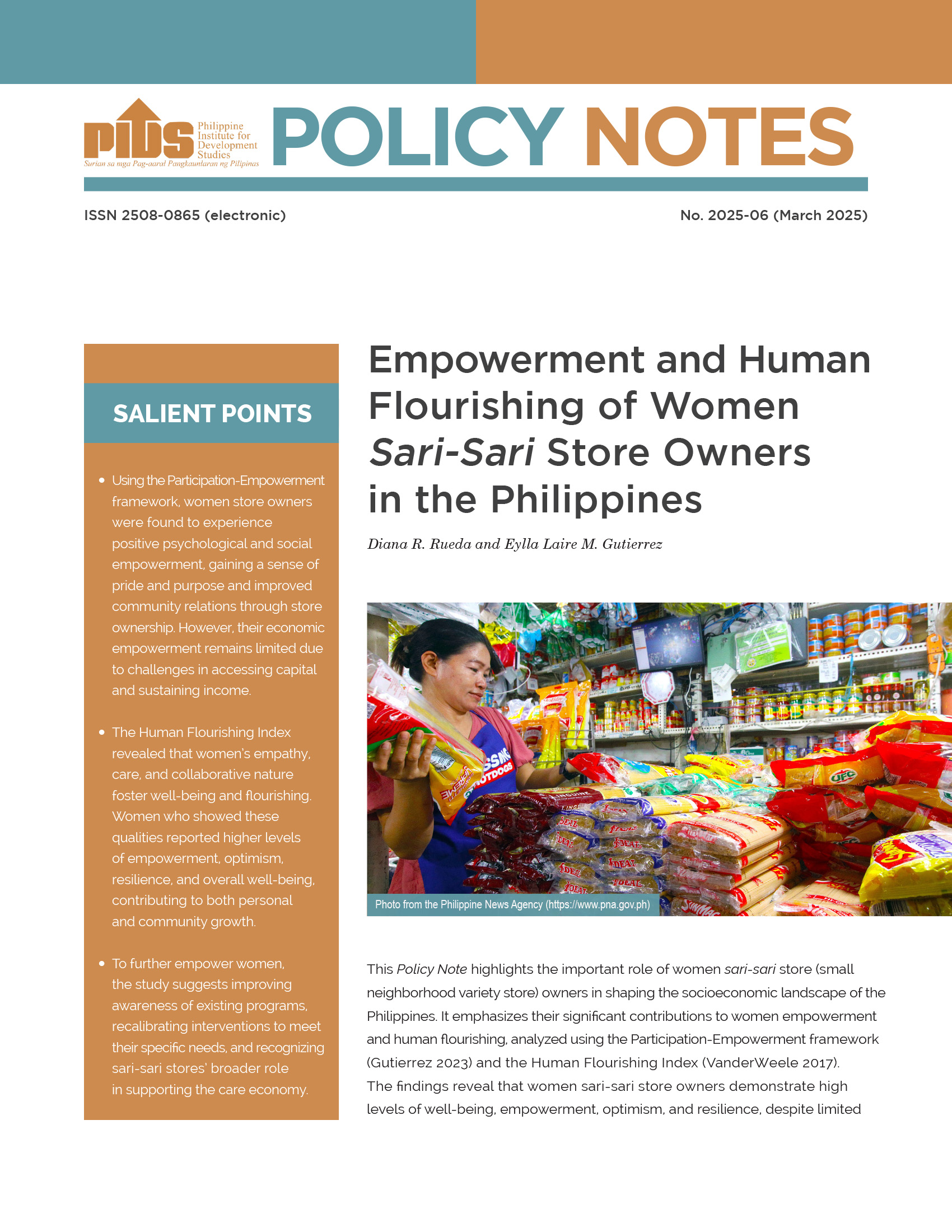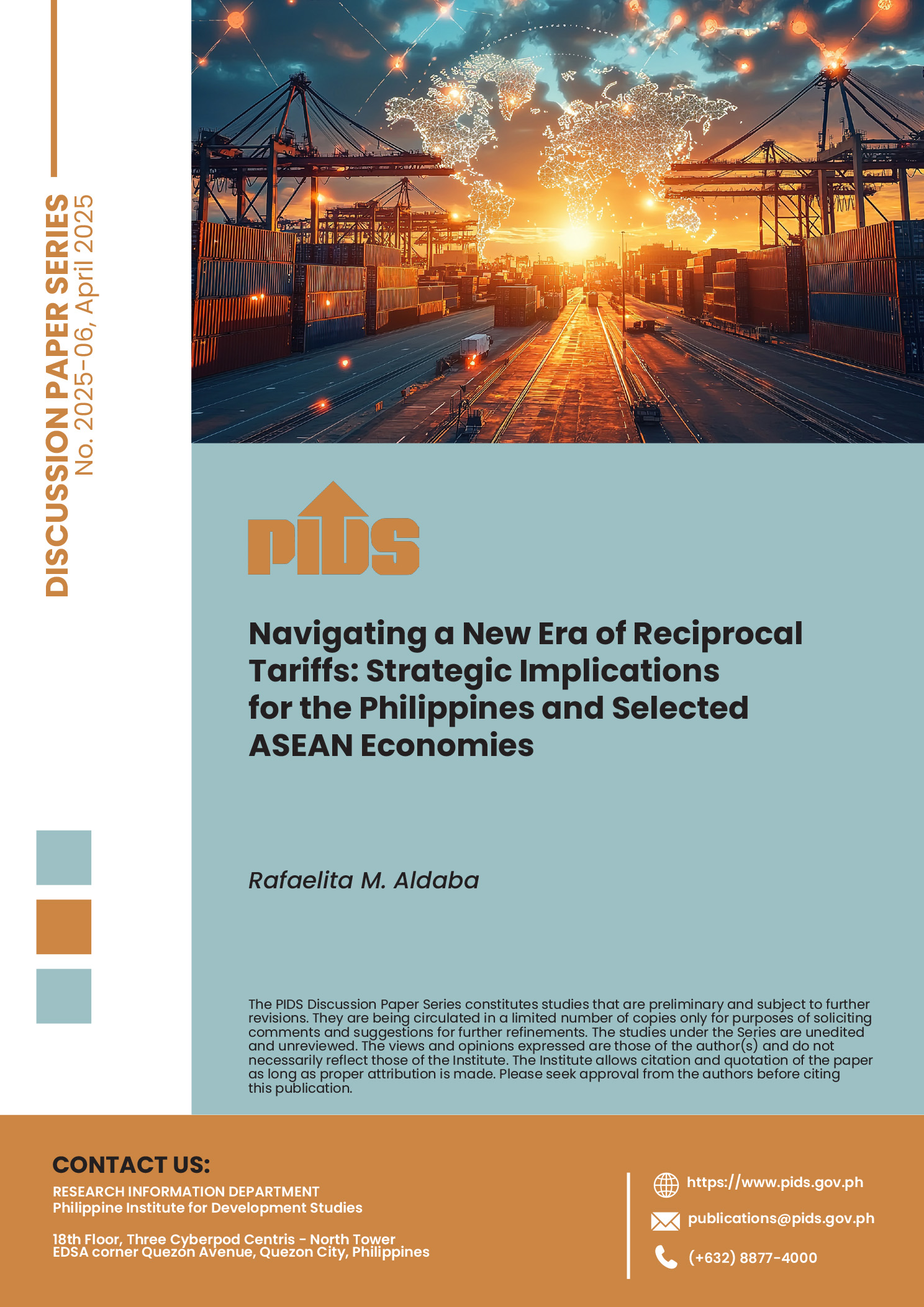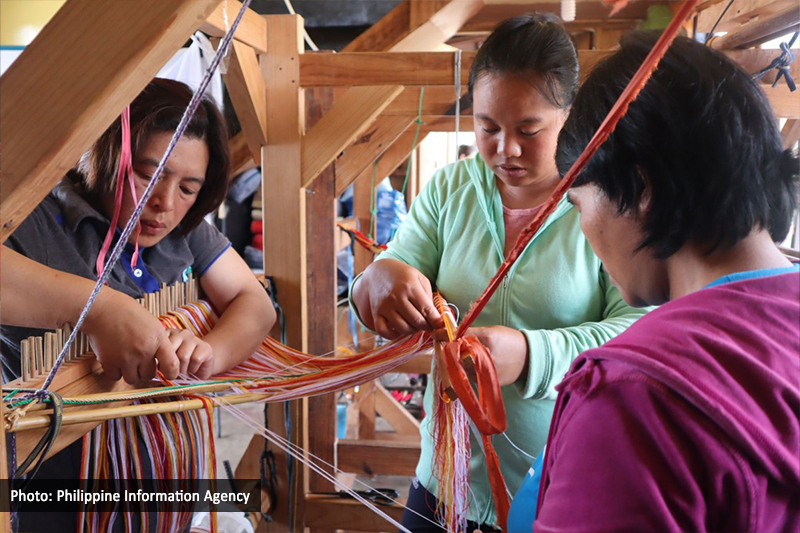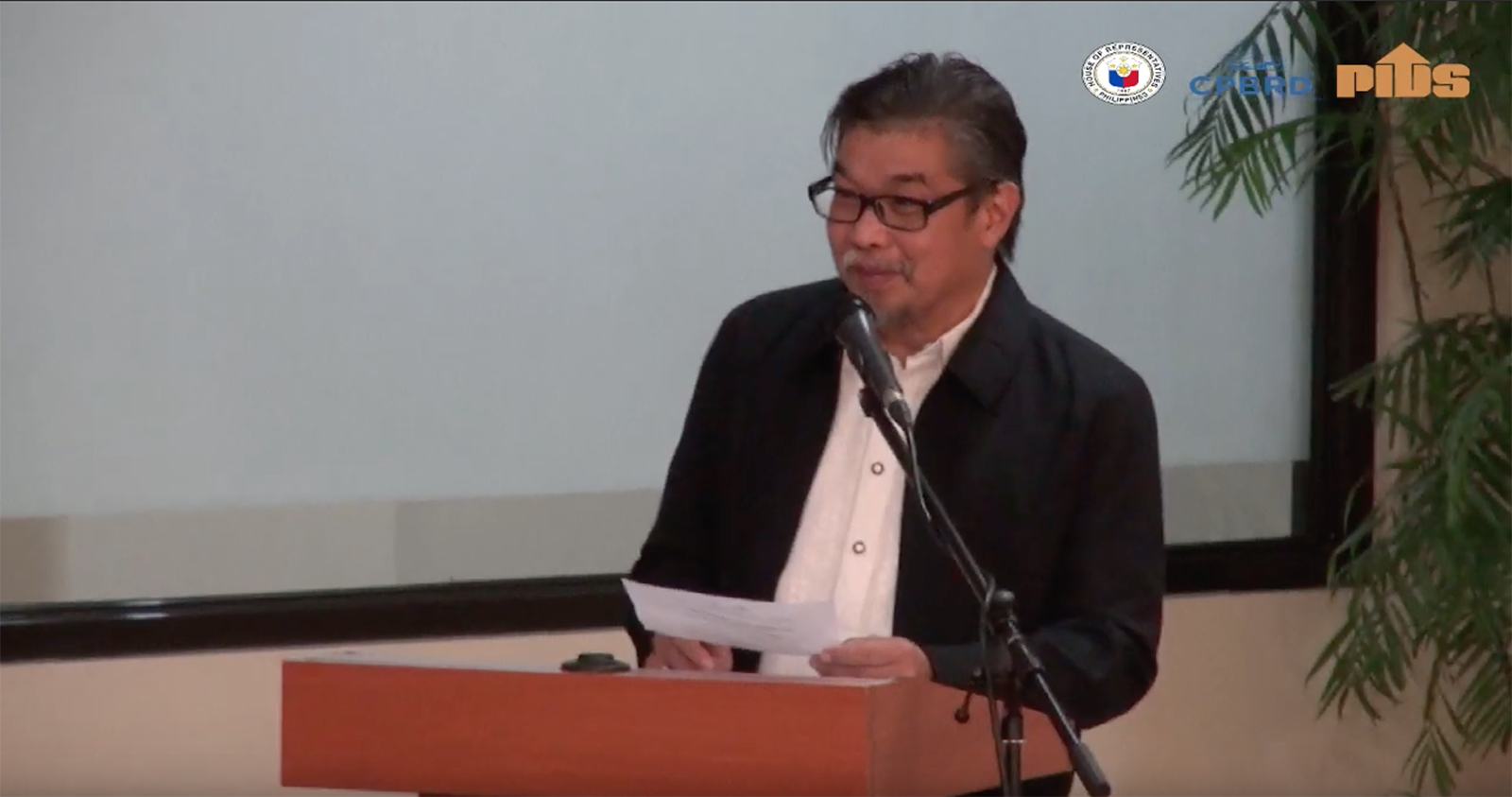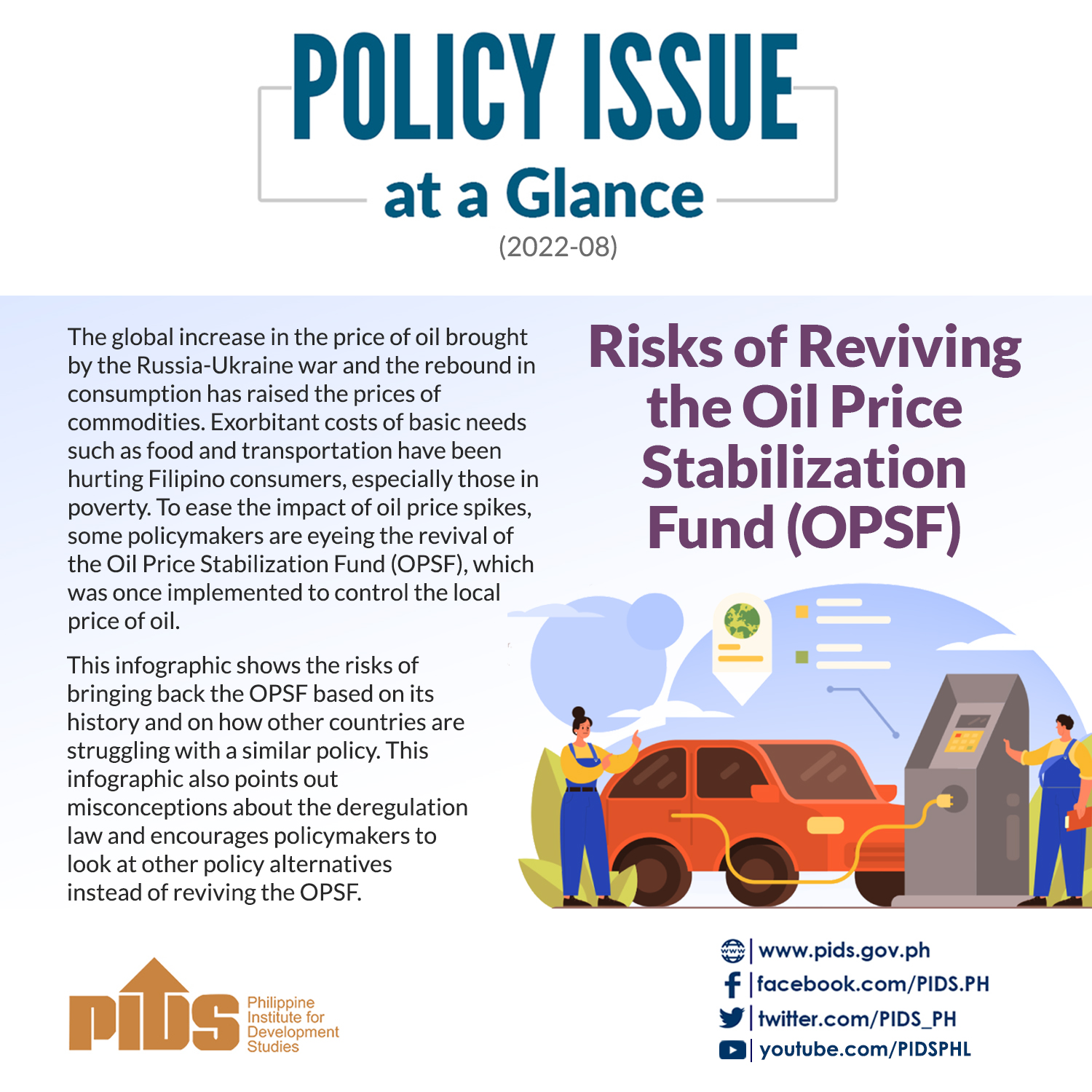A WEAK peso will not have much of an impact on the domestic price of rice for now as imports from traditional sources, such as Vietnam, remain relatively low, economists said on Wednesday.
The National Economic and Development Authority (Neda) acknowledged that the foreign-exchange rate will be a major factor in determining the cost of rice imports following the effectivity of the rice trade liberalization law. The law, which replaced the quantitative restriction on rice with tariffs, is expected to significantly hike demand for cheap imports.
As the Philippines is a net-food importing country, Philippine Institute for Development Studies Senior Research Fellow Roehlano Briones said a strong peso will be beneficial for the country, but this will hurt exporters and make them less competitive.
In 2007 Briones said the peso was at parity with the Indian rupee at around 47 to the dollar. While both currencies have depreciated against the greenback, the rupee’s depreciation was far greater and allowed exports to boom.
“I suppose in terms of that narrow concern of being able to buy affordable food, yes [a strong peso is beneficial],” Briones told the BusinessMirror in an interview on Wednesday.
“But where do we find the balance between getting affordable food from abroad and dollar-earning activities? My answer to that is, as usual, let the market decide. Let the market determine the exchange rate,” he added.
Reports indicated that Vietnam rice prices have been on the decline. The price of 5-percent broken rice is around $340 to $345 per metric ton, which is lower by $105 per MT compared to the average price last year.
Briones also noted that data from the Food and Agriculture Organization (FAO) showed that international rice prices have significantly dropped to around $400 per MT in 2017.
If rice prices remain steady at these rates or even decline, Briones said there is a “good chance” that the landed cost of imports would settle at P18 per kilogram to P19 per kg, or around P18,000 to P19,000 per container.
Forex
Neda Undersecretary for Planning and Policy Rosemarie G. Edillon told the BusinessMirror that the government expects the landed cost of rice to reach P18 per kg.
However, this price and the resulting retail price are dependent on factors such as the exchange rate and the “resourcefulness” of traders in procuring the most affordable quality rice from countries like Vietnam and Thailand.
“For now, yes [the landed cost will be P18 per kg but] it will not always be that way. It also depends on the exchange rate. The price may even be higher. But there can be a different program to address access of poor consumers,” Edillon said.
“Given the very low price of P27 per kg, it is not surprising that some upper middle class families buy [rice sold by the National Food Authority or NFA], not for their own food consumption but for other purposes,” she added.
‘For the dogs’
On Wednesday, officials and employees of the NFA took offense at Edillon’s remark in a local radio program that some households buy NFA rice “for the dogs.”
NFA’s OIC Administrator Tomas Escarez said this remark was “a slap in the face of more than 10 million poor Filipinos who have, through the years, relied on the low-priced, good-quality NFA rice for their daily meals.”
“This is the highest form of arrogance, an insult to the more than 10 million Filipinos who eat NFA rice, not to mention the more than 4,000 NFA employees who risk their lives to reach far-flung areas and islands to serve the poor,” Escarez said in a statement.
The rice trade liberalization law, which took effect on March 5, amended the two-decade-old Republic Act (RA) 8178, otherwise known as the Agricultural Tariffication Act of 1996.
Under the new rice importation regime, legitimate rice traders can now import rice without NFA permits, provided they secure a sanitary and phytosanitary import clearance from the Department of Agriculture-Bureau of Plant Industry (DA-BPI) and pay the appropriate tariff to the Bureau of Customs.
The NFA will focus on ensuring sufficient buffer stocks to address emergency situations. As there is a need to periodically replenish the buffer stocks, NFA can still sell cheap rice, but to targeted markets.


